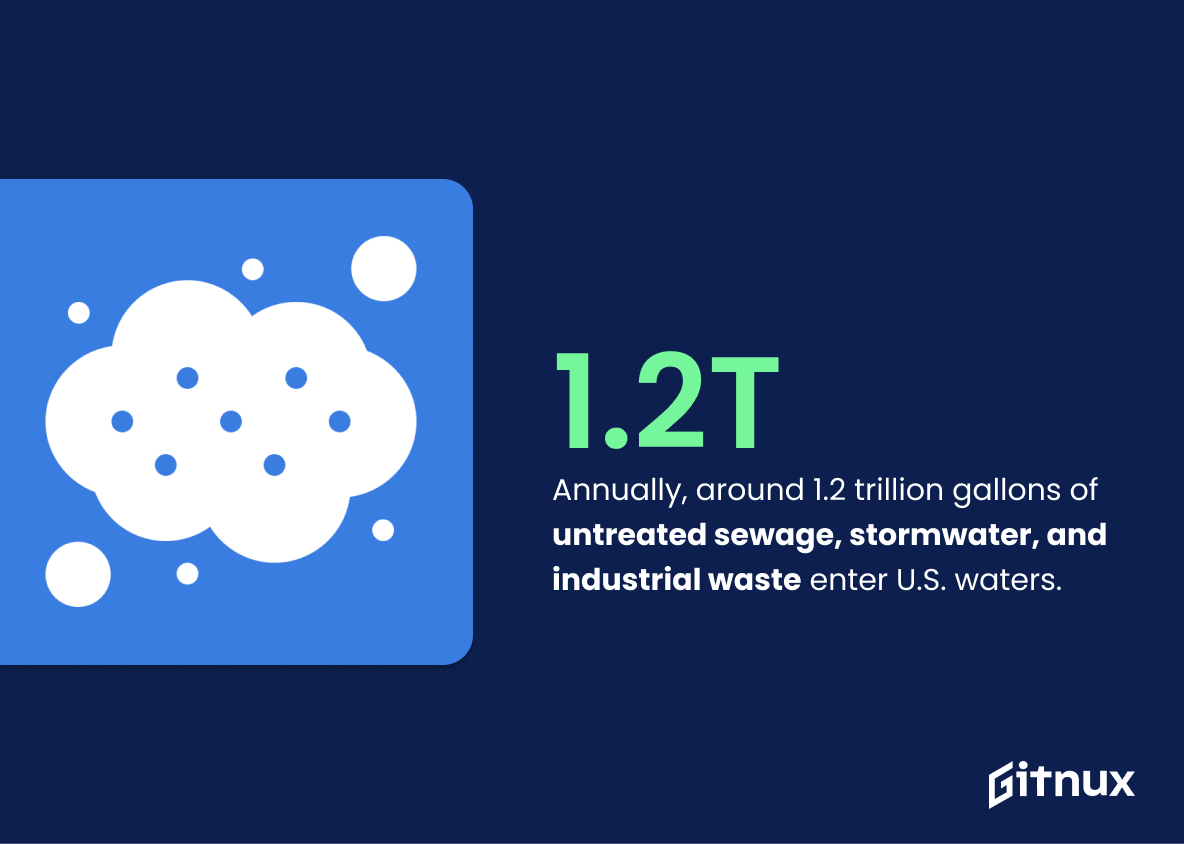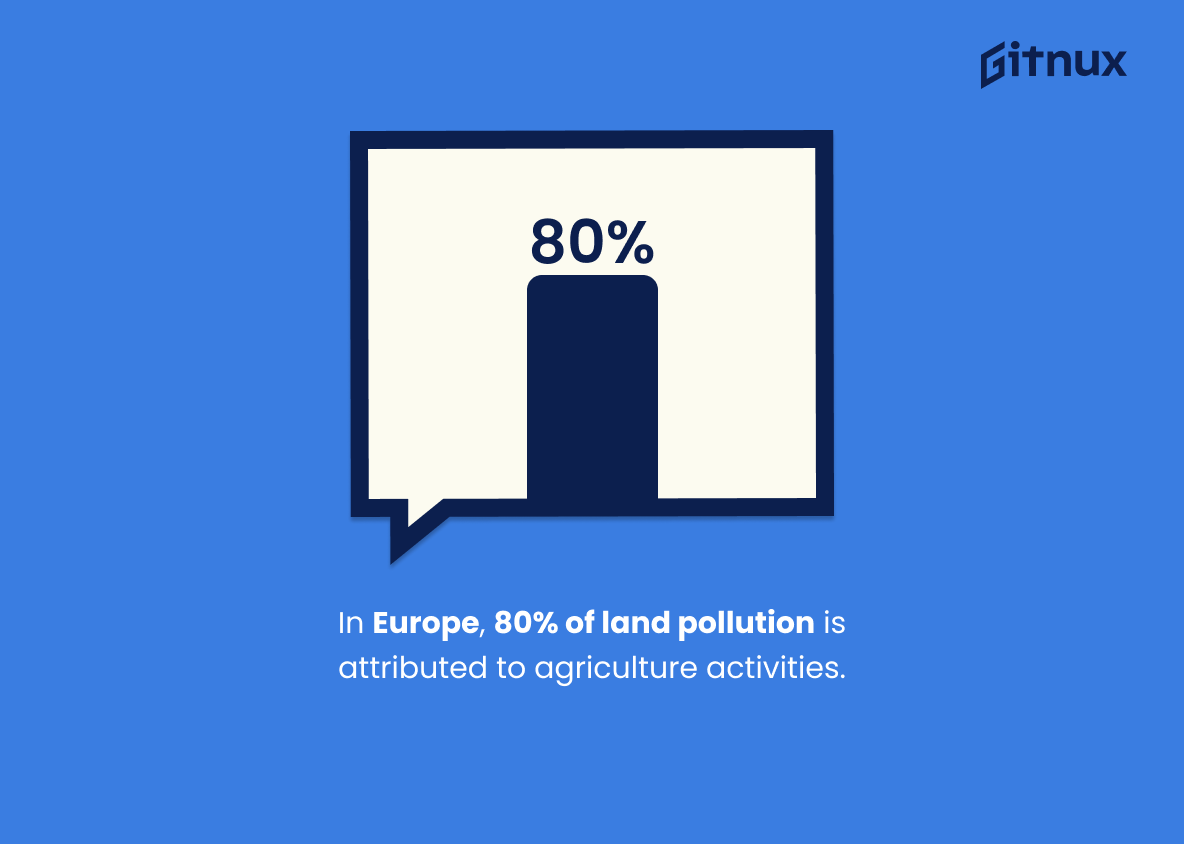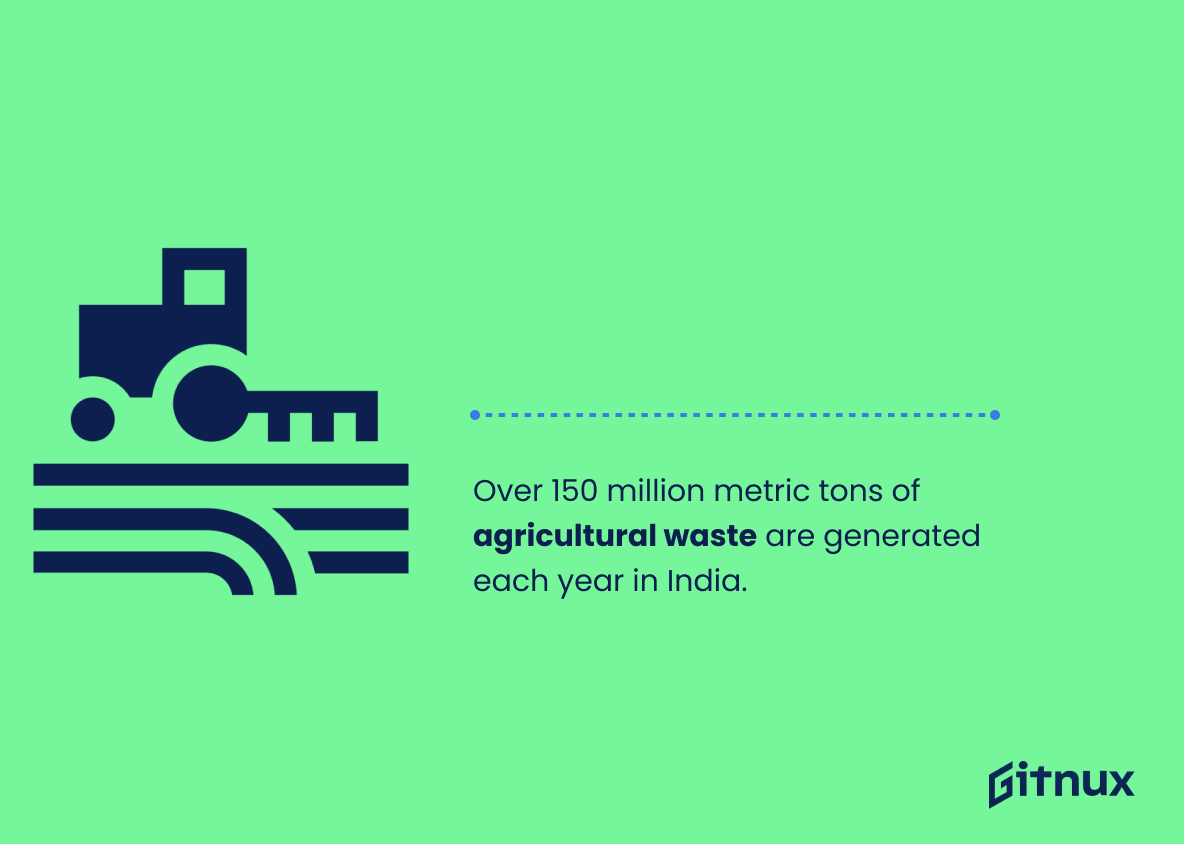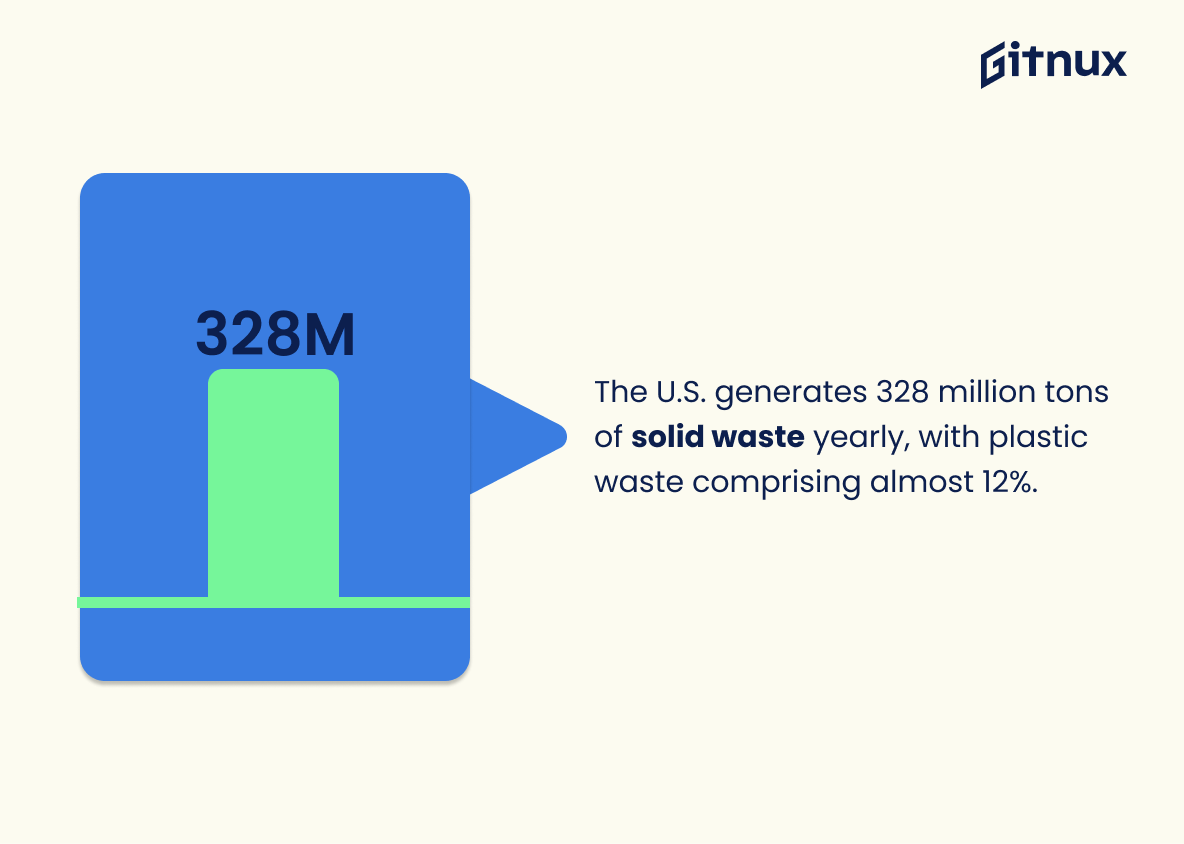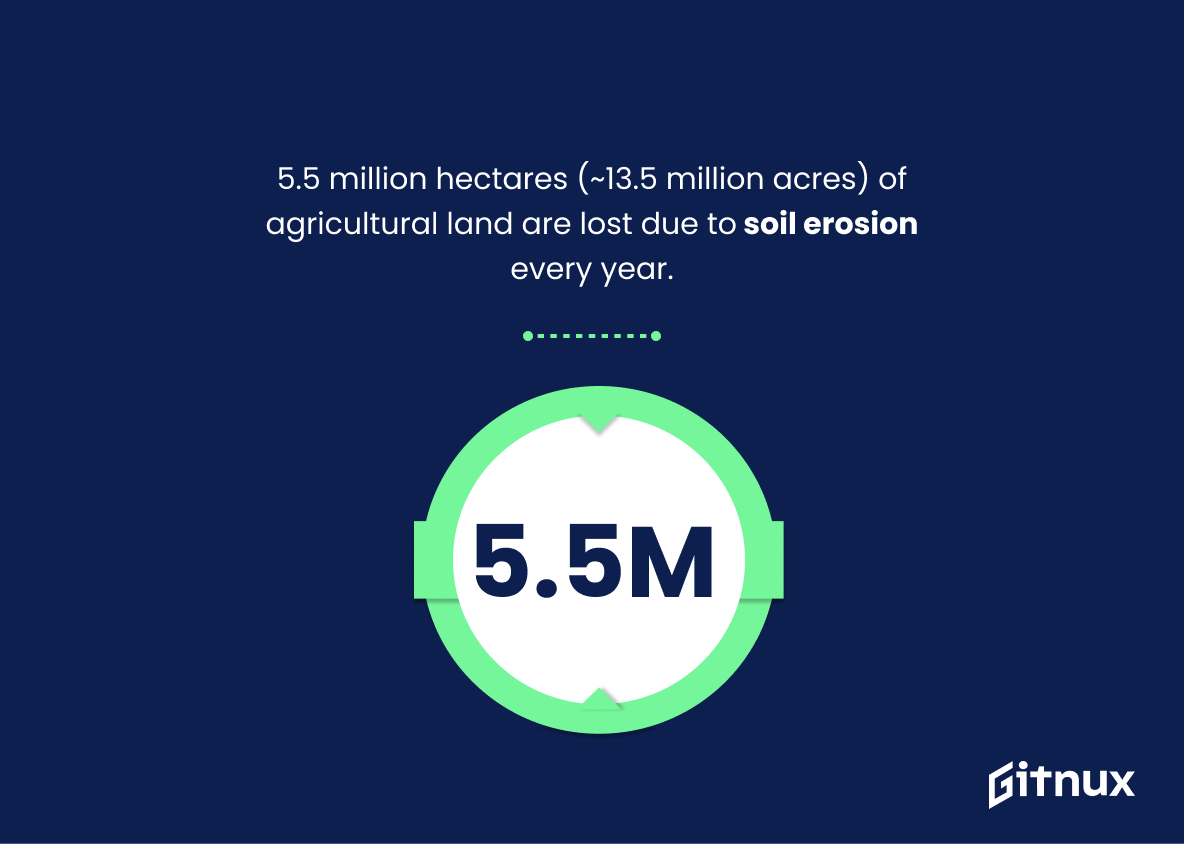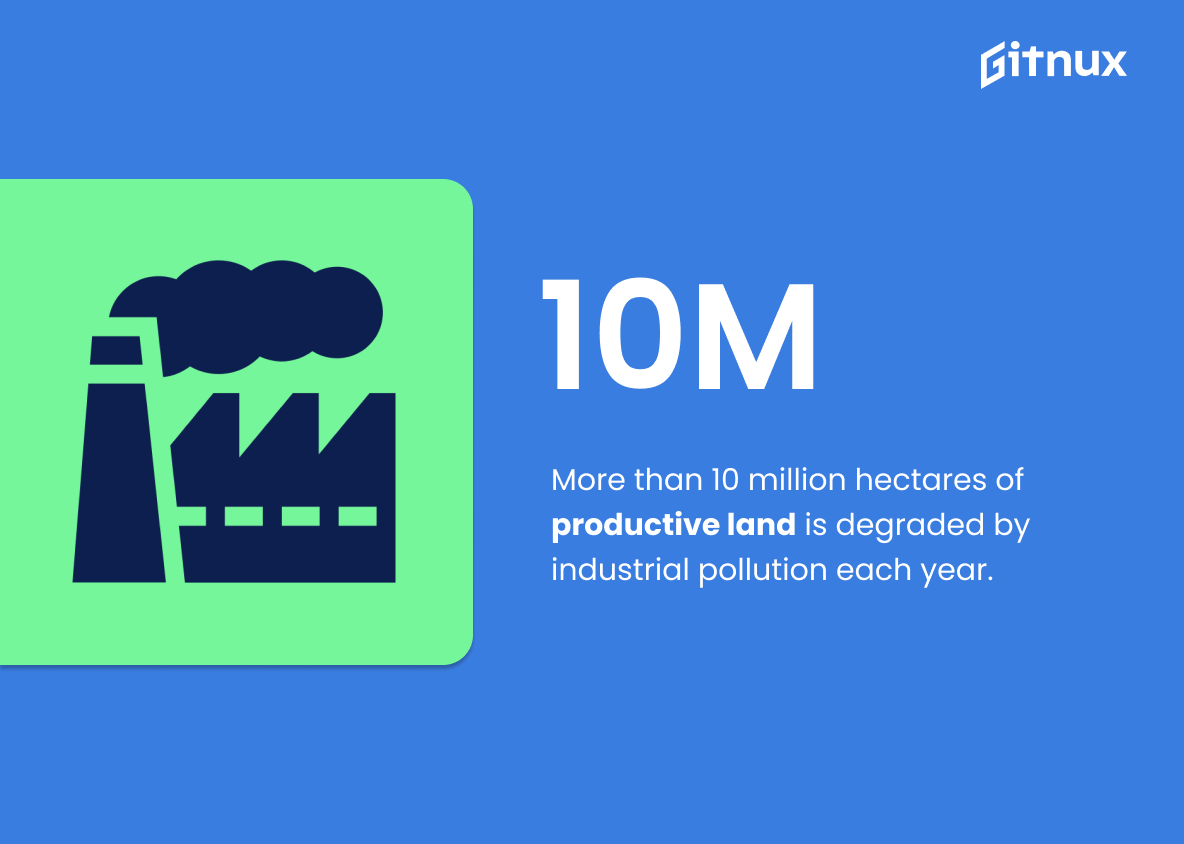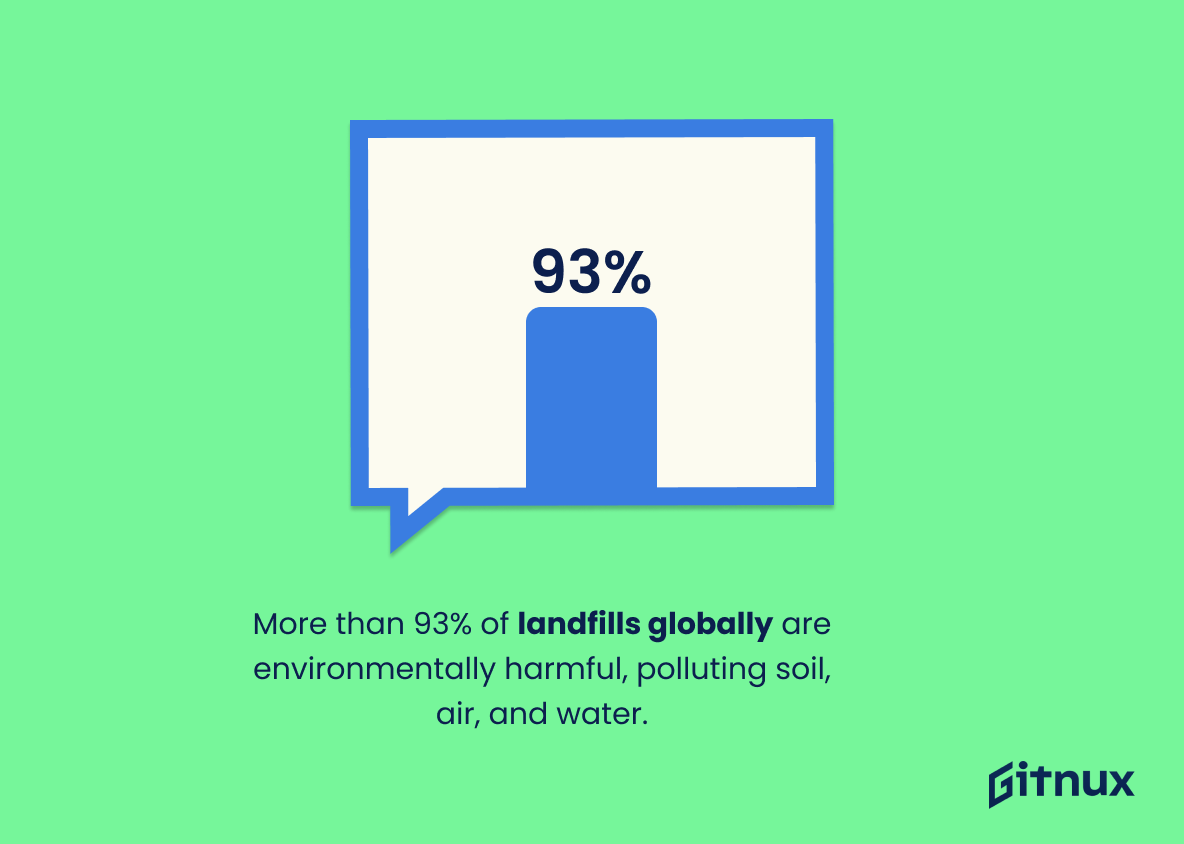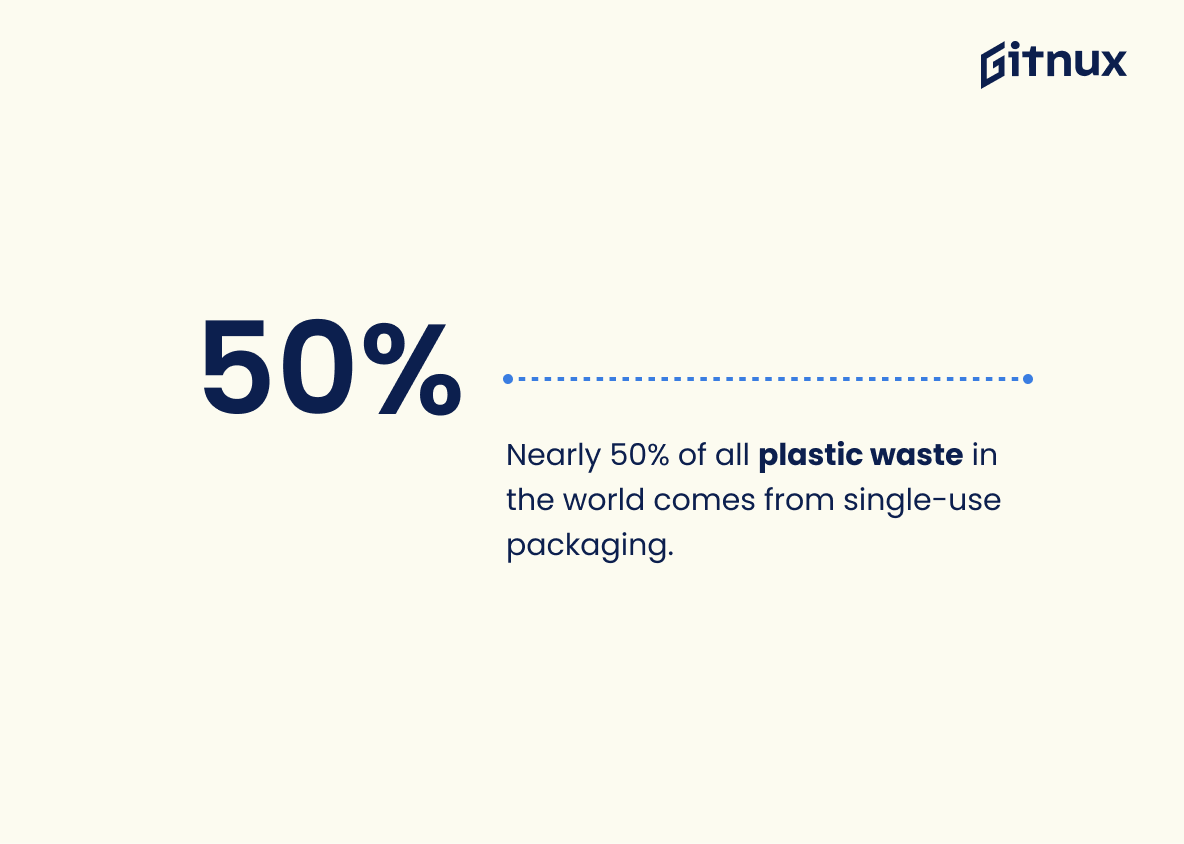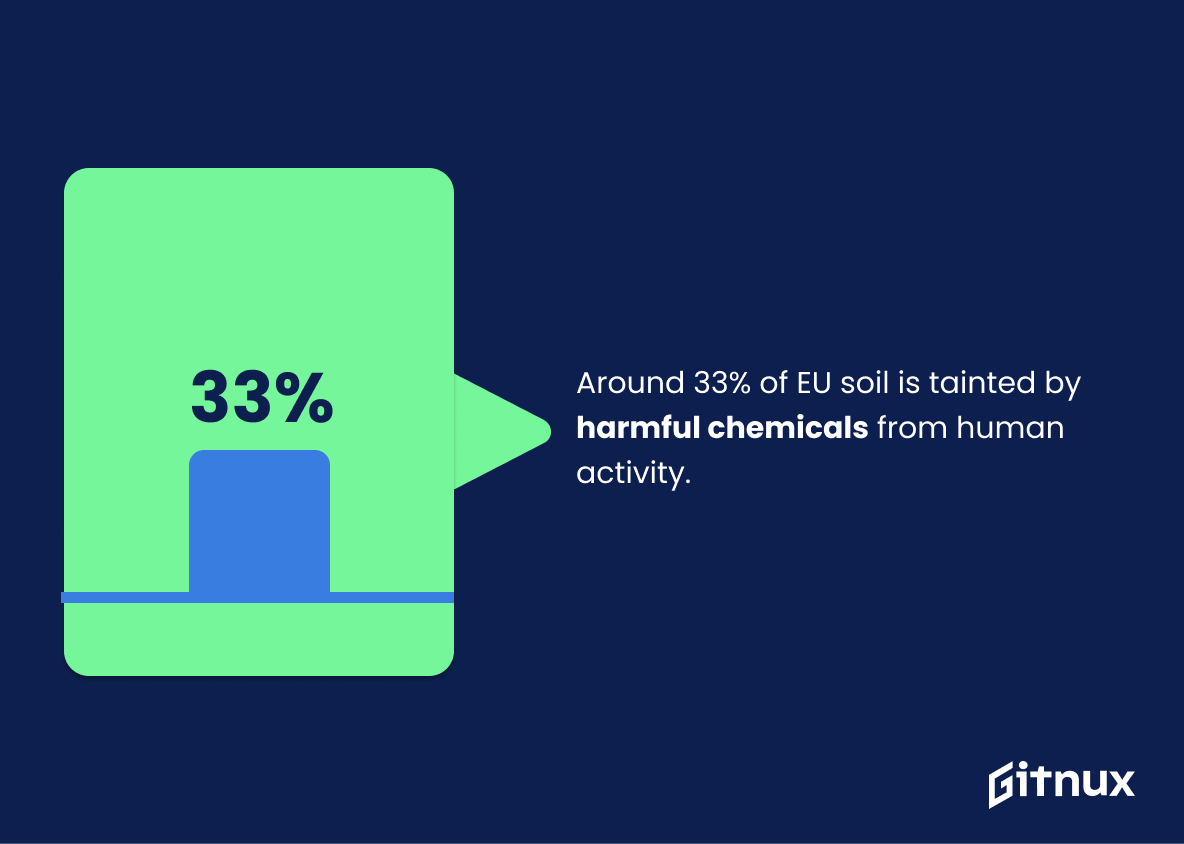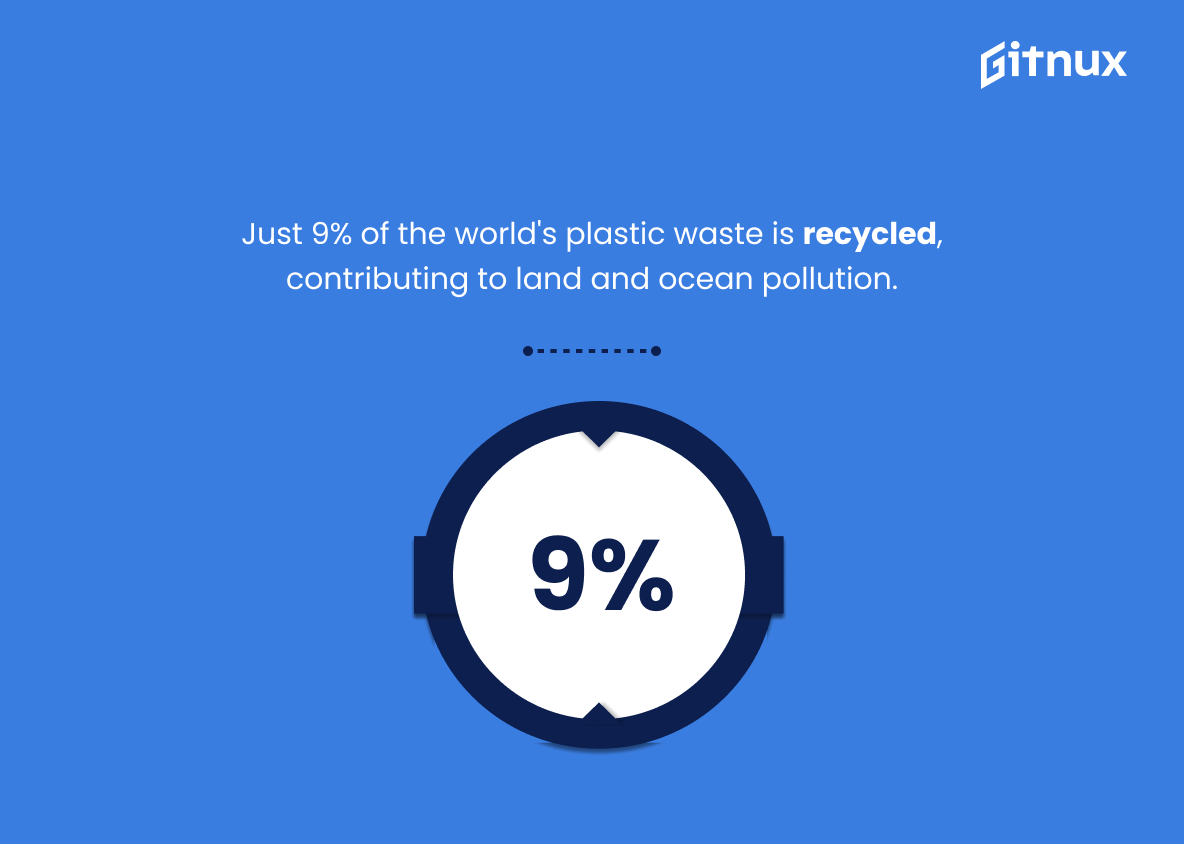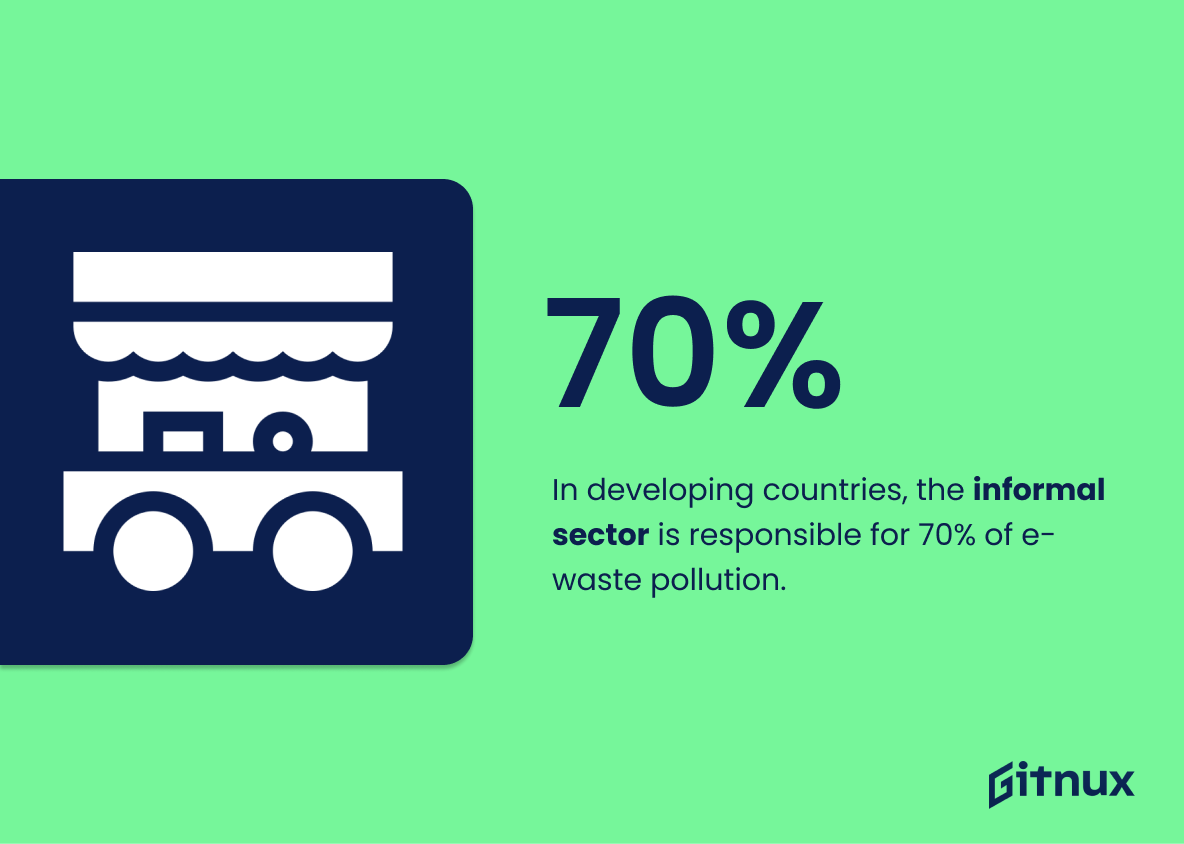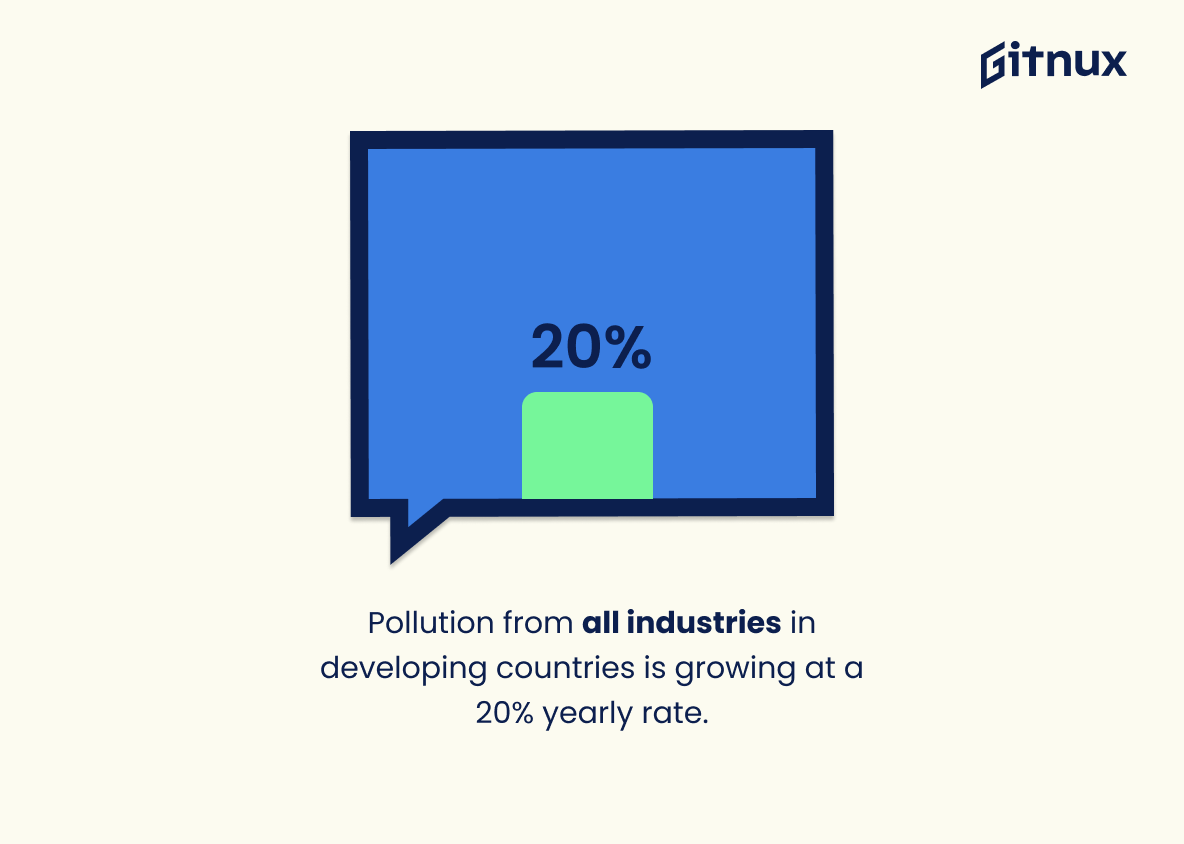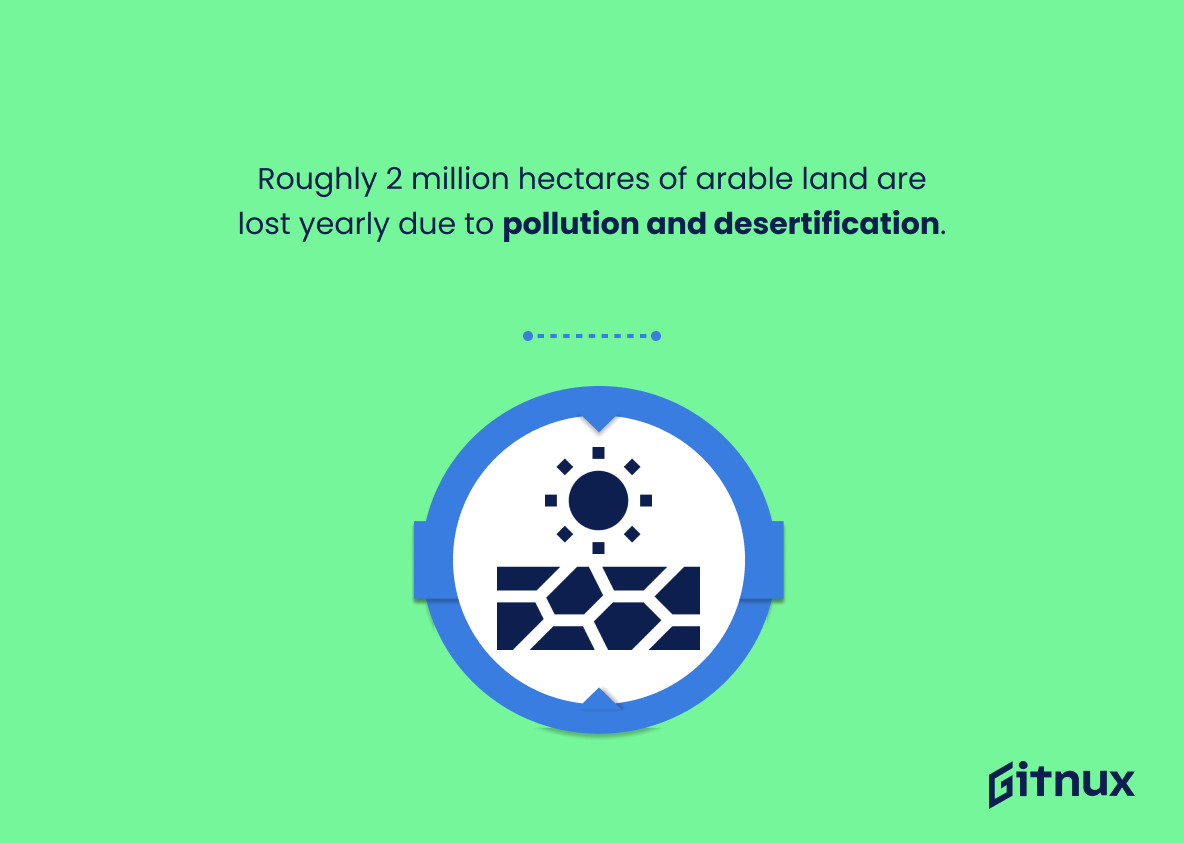Land pollution is a growing global issue that affects the environment, human health, and economic development. Every year, millions of tonnes of waste are generated from land-based activities such as agriculture and industry. This waste can end up in our oceans or contaminate soil and water sources with hazardous chemicals. In this blog post we will explore some alarming statistics about land pollution to better understand its impact on our planet.
This statistic is a stark reminder of the devastating impact that land pollution has on our oceans. It highlights the need for us to take action to reduce the amount of plastic and other pollutants that are entering our oceans from land sources. It is a call to action to reduce our reliance on single-use plastics and to take steps to ensure that our land-based waste is properly managed and disposed of.
An estimated 40% of landfills in the U.S. are contaminated with hazardous waste.
This statistic is a stark reminder of the severity of land pollution in the United States. It highlights the fact that a large portion of landfills are contaminated with hazardous waste, which can have a devastating effect on the environment and human health. It is a call to action to take steps to reduce land pollution and protect our planet.
Land Pollution Statistics Overview
Each year, approximately 1.2 trillion gallons of untreated sewage, stormwater, and industrial waste are discharged into U.S. waters.
This statistic is a stark reminder of the devastating effects of land pollution. It highlights the fact that the U.S. is not doing enough to protect its waters from the hazardous waste that is being discharged into them. This is a major environmental issue that needs to be addressed in order to ensure the health and safety of our waterways.
In Europe, 80% of land pollution is attributed to agriculture activities.
This statistic is a stark reminder of the impact that agricultural activities have on land pollution in Europe. It highlights the need for more sustainable practices in the agricultural sector to reduce the amount of land pollution caused by these activities.
Over 150 million metric tons of agricultural waste are generated each year in India.
This statistic is a stark reminder of the immense amount of agricultural waste generated in India each year. It serves as a powerful illustration of the scale of land pollution in the country, and the urgent need for action to reduce it.
The United States generates over 328 million tons of solid waste annually, with plastic waste accounting for nearly 12%.
This statistic is a stark reminder of the immense amount of waste the United States produces each year, with plastic waste making up a significant portion of it. It serves as a powerful illustration of the magnitude of the land pollution problem in the United States, and the urgent need to address it.
5.5 million hectares (~13.5 million acres) of agricultural land are lost due to soil erosion every year.
This statistic is a stark reminder of the devastating effects of soil erosion on agricultural land. Every year, millions of hectares of land are lost due to soil erosion, resulting in a significant decrease in the amount of land available for agricultural production. This has a direct impact on food security, as it reduces the amount of land available for growing crops and raising livestock. Furthermore, soil erosion can lead to increased levels of land pollution, as the eroded soil can contain pollutants that can be washed away into nearby water sources. This can have a detrimental effect on the environment, as well as on the health of those living in the affected areas.
More than 10 million hectares of productive land is degraded by industrial pollution each year.
This statistic is a stark reminder of the devastating effects of industrial pollution on our land. It highlights the urgent need to take action to protect our land from further degradation and to restore the land that has already been damaged. It is a call to action to reduce industrial pollution and to protect our land for future generations.
Over 93% of landfills worldwide are unsustainable or unsanitary, contributing to pollution of soil, air, and water.
This statistic is a stark reminder of the dire state of landfills worldwide. It highlights the fact that the majority of landfills are not managed in a sustainable or sanitary manner, leading to the contamination of our soil, air, and water. This is a major cause of land pollution and a pressing issue that needs to be addressed.
Nearly 50% of all plastic waste in the world comes from single-use packaging.
This statistic is a stark reminder of the devastating impact single-use packaging has on our environment. It highlights the need for us to take action and reduce our reliance on disposable plastics, which are contributing to the growing problem of land pollution.
Approximately 33% of soil in the European Union is contaminated by harmful chemicals from human activity.
This statistic is a stark reminder of the devastating effects of human activity on the environment. It highlights the urgent need for action to reduce the amount of harmful chemicals entering the soil in the European Union. It is a call to arms for individuals, businesses, and governments to take responsibility for their actions and work together to protect the land from further pollution.
Only around 9% of the total global plastic waste has been recycled, leading to increased pollution on land and in the oceans.
This statistic serves as a stark reminder of the magnitude of the land pollution problem. It highlights the fact that despite our best efforts, only a small fraction of plastic waste is being recycled, leading to a buildup of pollutants in our environment. This is a major cause of land pollution, and it is essential that we take steps to reduce our reliance on single-use plastics and increase our recycling efforts in order to protect our planet.
The informal sector in developing countries contributes to 70% of improperly disposed electronic waste, which ends up contaminating the land and water.
This statistic is a stark reminder of the devastating effects of land pollution in developing countries. It highlights the fact that the majority of improperly disposed electronic waste is coming from the informal sector, which is having a detrimental impact on the environment. This statistic is a call to action to address the issue of land pollution in developing countries and to ensure that proper disposal of electronic waste is taking place.
The total pollution load from all industries is increasing by an average of 20% per year in developing countries.
This statistic is a stark reminder of the alarming rate at which land pollution is increasing in developing countries. With an average increase of 20% per year, it is clear that the total pollution load from all industries is growing at an unsustainable rate. This is a cause for serious concern, as it could have devastating consequences for the environment and the health of those living in these countries.
Over 400 million tons of hazardous waste are generated globally each year.
This statistic is a stark reminder of the immense amount of hazardous waste that is being produced on a global scale each year. It serves as a powerful illustration of the magnitude of land pollution that is occurring, and the urgent need for action to be taken to reduce the amount of hazardous waste being generated.
Up to 30% of the total water pollution in India comes from unregulated landfills and waste dumps.
This statistic is a stark reminder of the devastating effects of land pollution in India. Unregulated landfills and waste dumps are a major source of water pollution, and this statistic highlights the urgent need for better waste management practices in the country.
Approximately 2 million hectares of arable land are abandoned due to land pollution and desertification every year.
This statistic is a stark reminder of the devastating effects of land pollution and desertification. It highlights the fact that, every year, millions of hectares of land that could be used to grow food and sustain life are instead being rendered unusable due to human-caused environmental degradation. This is a tragedy that should not be ignored, and it is a reminder of the urgent need to take action to protect our planet.
More than 15 billion tonnes of waste is expected to be generated globally every year by 2100.
This statistic is a stark reminder of the immense amount of waste that will be produced in the coming years if we do not take action to reduce our environmental footprint. It is a call to action to take steps to reduce our waste production and to ensure that our land is not polluted by the excess waste. This statistic is a warning that if we do not take steps to reduce our waste production, the land pollution statistics will only continue to worsen.
Conclusion
The statistics presented in this blog post demonstrate the alarming extent of land pollution around the world. From plastic waste polluting our oceans to hazardous chemicals contaminating soil and water, it is clear that urgent action must be taken to address these issues. Landfills are overflowing with trash, agricultural activities are contributing significantly to land degradation, and single-use packaging is a major source of plastic waste. The informal sector in developing countries also plays an important role in exacerbating environmental damage due to improper disposal of electronic waste. If we do not take steps now towards reducing land pollution, its effects will only worsen over time as global population increases and more resources become available for consumption. We must act quickly if we want future generations to enjoy a healthy planet free from contamination caused by human activity.
References
0. – https://www.cpcb.nic.in
1. – https://www.fao.org
2. – https://www.unido.org
3. – https://www..epa.gov
4. – https://www.indiawaterportal.org
5. – https://www.epa.gov
6. – https://www.worldbank.org
7. – https://www.itu.int
8. – https://www.news.un.org
9. – https://www.ec.europa.eu
10. – https://www.unstats.un.org
11. – https://www.basel.int
12. – https://www.weforum.org
13. – https://www.nationalgeographic.com
14. – https://www.eea.europa.eu
